When it comes to throwing a great dinner party, the inimitable Nora Ephron famously remarked, “You’ve got to get people hungry, sit them down informally, make them serve themselves, get them telling anecdotes, gossiping and staying late!”
In Heartburn, the high priestess of the bon mot wove her thoughtful reflections on food and entertaining throughout the narrative, like footnotes in a juicy diary written by someone obsessed with food — and the many ways in which it can bring people together. No hors d’oeuvres before dinner (guests can’t help but love the food if they’re starving); no fish (it’s eaten too quickly); husbands can’t be seated next to wives (boring! They already know all their stories). And perhaps the most important rule: Never use rectangular tables. Round tables keep people talking.
Ephron, the unofficial sherpa of the modern-day dinner party, would have loved the advice we’ve compiled here. The tips from tastemaker Kate Arends of the lifestyle blog Wit & Delight, actress/comedian/frequent partygoer Liz Carey and Man Repeller founder and The Cereal Aisle writer Leandra Medine Cohen (among others) offer familiar Ephronesque messaging: Keep it easy, and the fun will follow!
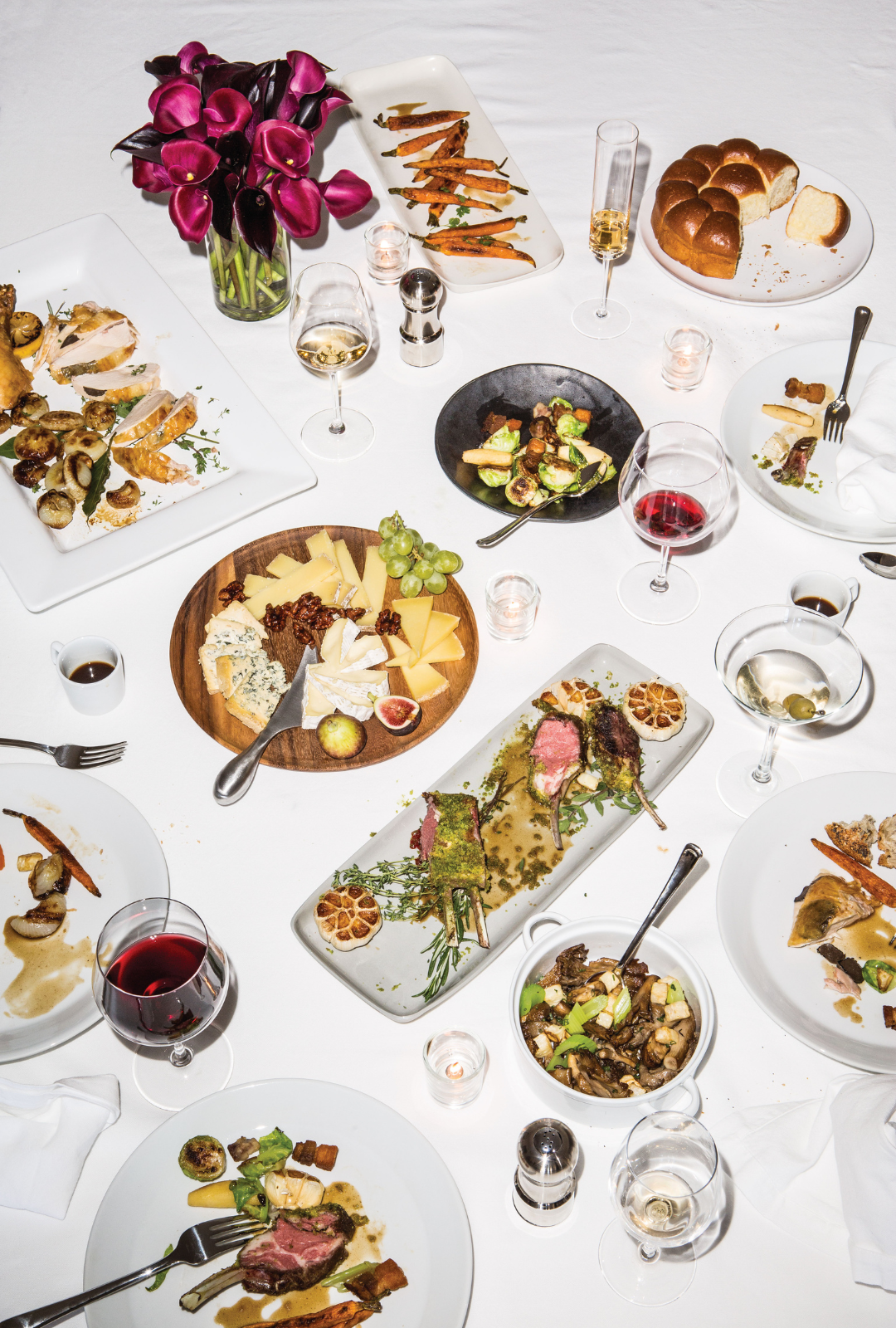
Photography by Jeremy Liebman/Trunk Archive
The Guest List
Don’t worry about everyone knowing everyone. Half the fun of a dinner party is the social alchemy created when friends meet friends (there is a special place in entertaining heaven for hosts who bring two single people together and sparks fly). Of course, you don’t want it to be a completely random group of total strangers. A good rule of thumb: Make sure everyone knows at least one other person. This way, all of your guests have at least one person to talk to – and you won’t end up having to babysit anyone when you should be in the kitchen caramelizing mushrooms (Seriously though, do you really need to do that? No one will notice if there are stewed mushrooms swirling around in your beef bourguignon).
When it comes to assembling the perfect guest list, size matters. Just because you own 12 Tiffany place settings doesn’t mean you should use all of them at the same time. “I think the ideal number of guests is between four and six,” says Arends. “Most recipes are made for four to six people. Once you get past eight people, it’s hard to manage logistically, and the group becomes less cohesive. The conversation can easily get broken up, and people can feel left out.”
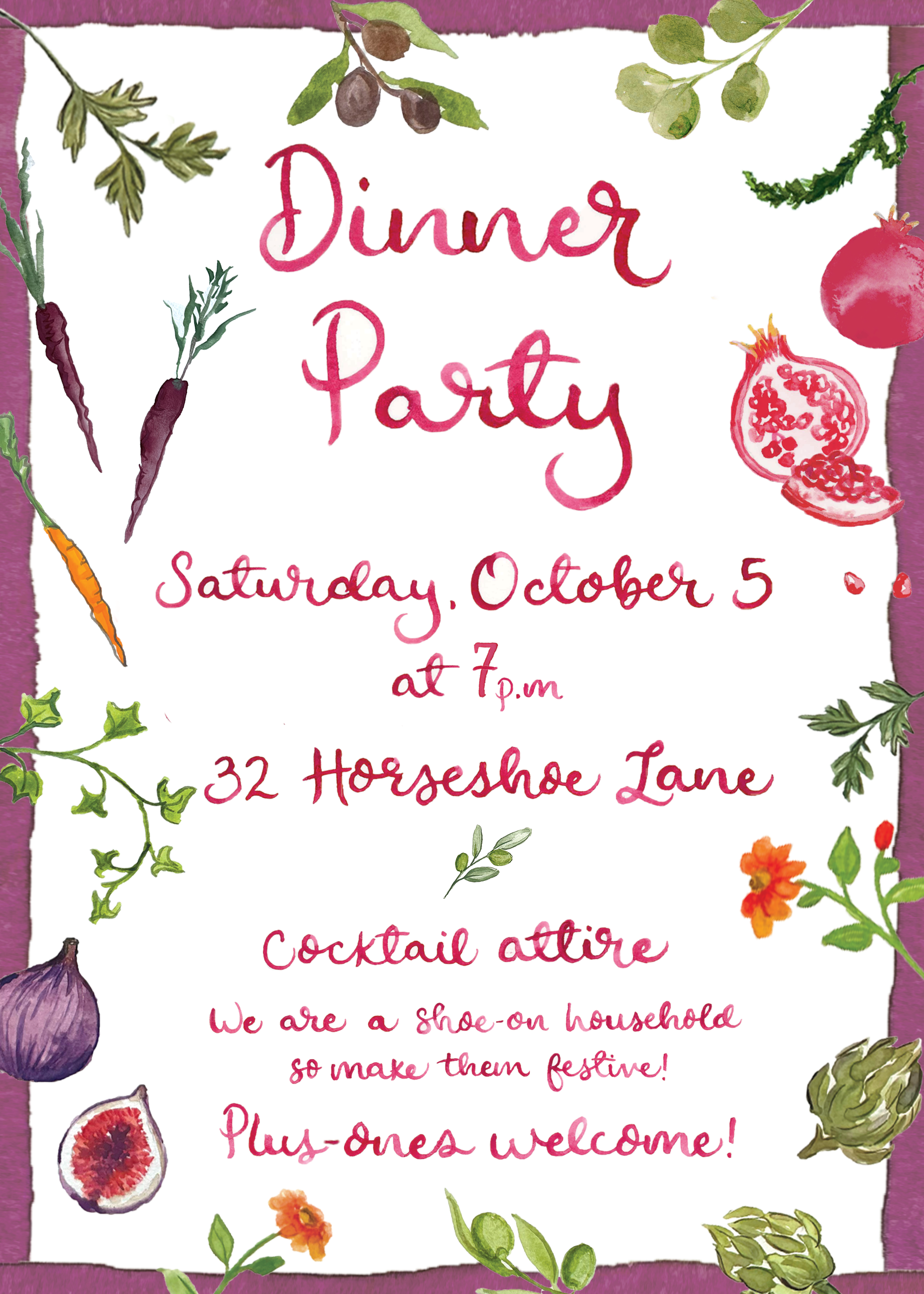
Artwork by Anna Schwartz
The Invitations
When the group is small, emailing a casual invite a week or two before the event is fine, says etiquette expert Jacqueline Whitmore, founder of The Protocol School of Palm Beach. Of course, certain milestone events like birthdays may call for a bigger party — and a slightly more buttoned-up approach. “If it’s a large, more formal gathering, you should send printed invitations, and they should go out at least six weeks before the event,” says Whitmore. “And make sure all the necessary info is included on the invitation,” adds Carey. “Will dinner be served? What is the dress code? Are plus-ones welcome? Also, please consider this an alert to everyone who will be issuing the ‘shoes off’ statement upon arrival. Let people know so they can get a pedicure or not come!”
Carey also has a funny strategy for making sure that the party conversation will be copacetic before anyone even steps inside the door: “Everyone wants to talk politics, especially now. Nip it in the bud on your invite! In a small font at the bottom, write, ‘Anyone who wants to chat politics or religion is encouraged not to come.’ If that feels too aggressive, make a fun announcement at the outset of the party that anyone mentioning these topics will not be served.”
As for the actual invitations, Paperless Post works well for a casual dinner (check out its adorable collaboration with Liberty Fabrics). For a more milestone event, you can’t go wrong with Mrs. John L. Strong. Or consider commissioning a bespoke design. Illustrator Anna Schwartz hand-painted the invitation seen here.
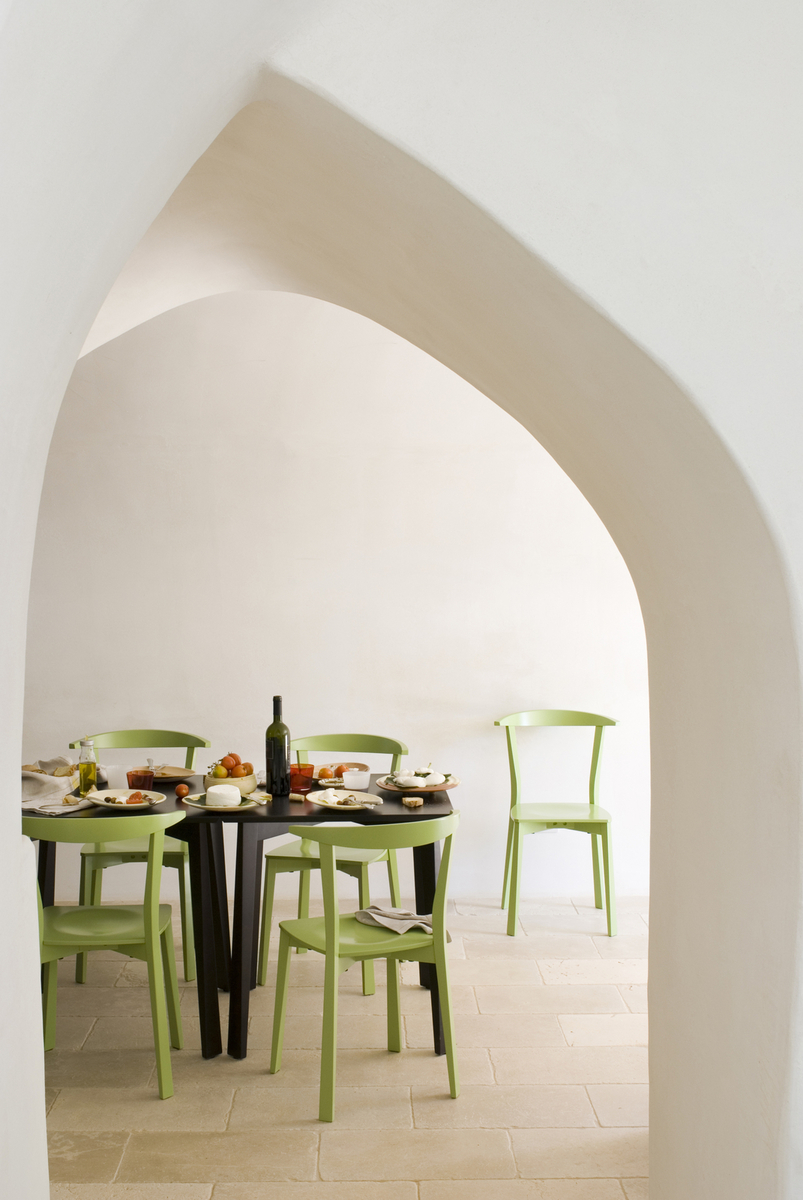
Photography by The Interior Archive – Stefano Scata/Trunk Archive
The Scene
While most hosts put a fair amount of effort into setting the scene before a dinner party, it’s important not to get your knickers in a twist over nonessential matters. “People spend a lot of time worrying about things no one will notice,” says Arends. “The house doesn’t need to be perfect. A dinner party is about bringing people together and creating shared memories. You can serve a big pot of soup and some great bread, and it can still be wonderful.”
In some cases, it’s more important what you don’t have at a party than what you do. Carey, who is a mom to humans and animals alike, advises locking up your daughters and sons and pets. “No one loves them like you do,” she says. “No one wants fur on their new black dress, and no one wants your kid’s cough. ‘Oh, don’t worry, she’s had that forever!’ Great — now your guests will, too!”
What does matter? By all accounts, good music, good lighting and a steady flow of drinks. Before she hosts a party, Arends always makes a playlist on Spotify that’s around six hours long (108 songs). “It’s mostly jazz, because that tends to appeal to everyone. I find it also kind of sets the tone that we should all be on our best behavior.” To create a relaxed vibe, turn off overhead lights (or use dimmers) and use lamps and scattered candles for a softer effect (just don’t put scented candles anywhere near the food).

Photography by Atelier Doré/Trunk Archive
The Tablescape
If you are pressed for time, you can skip the large, fussy floral centerpiece. (Of course, you can also outsource this task to some local talent like Apricot Floral or Lilia Flower Boutique.) If you have a long table, a series of micro arrangements looks chic — and may require fewer flowers. For an even more laissez-faire approach, look around your home, suggests Merkatz. Jewelry and other random objects can be repurposed as table decor. And don’t overlook natural elements. Pretty branches or pinecones foraged from your backyard can be artfully arranged. Another clever idea: “One of my friends recently carved out purple cabbages and filled them with votive candles,” says Arends.
For groups larger than four, homemade place cards can be fashioned out of smooth black or white quartz rocks (use a gold paint pen to write the names). If the event is very special, consider investing in some beautiful hand-painted watercolor place cards from artist Lexie Armstrong. Or, take a cue from a party Carey recently attended where she was charmed to discover that her name had been embroidered on her dinner napkin. Monograms by Margaret does gorgeous bespoke work.
Can’t find six plates or glasses that perfectly match? Both Arends and Merkatz say they love an eclectic table set with a mix of non-matching but complementary items. Simply choose a color as your theme. At the moment, Arends loves the simplicity of a crisp white, tailored tablecloth, tall burgundy candles and shiny silver accents, like the silver napkin rings she has collected from vintage stores. Another easy way to add a festive finish to your tablescape is to tie velvet ribbons around the napkins or candlesticks.

Photography by Aaron Graubart/Trunk Archive
The Cheese Board
To create a showstopping cheese and charcuterie board, think like a chef: “Your tray should be a feast for the eyes and the tastebuds, featuring only the freshest seasonal ingredients you can find with a variety of textures, colors and flavors,” says Marcy Braselton, founder of Community Kitchen. A few large bricks of stinky cheese take an artisanal turn when drizzled with honey and served with fresh-cut figs. If you are feeling more ambitious, Braselton suggests filling your board with cheese, charcuterie, something savory, something sweet and something to deliver the food graciously into your guests’ mouths. “I like my boards to overflow with all things delicious in an organized yet chaotic way. I aim to create a masterpiece that is almost too pretty to eat!”
A thoughtful selection keeps your board looking and tasting interesting. “I usually include a variety of cow, sheep and goat milk cheeses in different types and textures,” says Braselton. If the cheese is soft like Tomme de Savoie or everything spiced goat cheese, place them on a board in larger pieces as they are easily spreadable and served with a cheese knife. If the cheese is hard or semi-firm like aged cheddar, manchego or Merlot BellaVitano, slice or cut it into bite-size pieces to make serving easy. “The last thing I want to see are my guests standing over my cheese board sawing at a large hunk of hard cheese.”
Braselton’s top go-tos for charcuterie? Capicola, Italian dry salami, prosciutto, bresaola and Calabrese salami. “I typically include two to three options on my board: mild, salty and slightly spicy. If you buy pre-sliced charcuterie, I recommend folding the pieces in half or thirds to display them on your board in a ‘fan’ or ‘river’ of charcuterie.”
According to Braselton, no board is complete without a selection of salty and/or tangy items. A few of her favorites include tiny, tart cornichons and creamy, mild Castelvetrano olives. “I never include fresh vegetables on my cheese board — they belong on a crudités platter with dips. Instead, I like to feature a variety of pickled vegetables like asparagus, okra, peppers, tomatoes, etc.” A savory chutney or onion jam and spiced nuts make wonderful additions as well.
And don’t forget to add something sweet. A high-quality preserve or local honey serves as a nice foil for the savory cheese selection. “This gives your guests creative license to try a drizzle or dollop and create their own flavor combinations.” Adding seasonal fresh fruit and high-quality dried fruit is another great way to balance the savory, salty items featured on your board.
In addition to bread, crackers or fruit/nut crisps, make sure you have some pretty bamboo knot picks or cocktail forks as part of your “delivery device” selection. “Personally, I love a fresh, crusty, rustic baguette as the texture and flavor of golden brown baguettes is unmatched,” says Braselton, noting that they pair beautifully with all of the ingredients on your board. “As a final touch to my beautiful cheese and charcuterie board, I garnish it with fresh, seasonal herbs and edible flowers.”

Photography by Chelsea Kyle/Trunk Archive
The Pour
Consider greeting guests at the door with a signature drink. “I always serve very cold pitchers of martinis,” says Arends. When it comes to wine, she often delegates the task to someone in the group. “People in the Midwest like to feel that they’re contributing something, so I’ll tell a friend what we’re having for the main, and she’ll take care of the wine; another friend will bring a side dish and another one does dessert.” As for how much to serve? Experts advise one drink per person per hour. Of course, it’s important to know your audience — and adjust accordingly.
“I like to start with a bubbly when kicking off a dinner party,” says Leslee Miller, a dual-certified sommelier and founder of Amusee Wine, a wine consultancy firm based in Minneapolis. “Folks come thirsty — it is their first sip of the day. So I account for the first wine and the main course wine to be poured the most. For six people, I would plan on two bottles for your first wine of the evening, two bottles for your main course and one bottle for dessert.”
Miller says you don’t need to spend a fortune on wine. “I love supporting local growers. There are lots of great wines under $20.” For the first drink, she recommends a dry, sparkling Prosecco rosé because “it goes with every appetizer.” One of her favorites: Poggio Costa Prosecco Brut Rosé. When it comes to the main course, she suggests choosing a medium-bodied white as they are more accessible to food pairings than their light-bodied (i.e., Sauvignon Blanc or Pinot Grigio) or full-bodied cousins (Chardonnay). Her go-to white: Mary Taylor Gaillac Perlé. For a red, she likes a light-bodied pour. Think Pinot Noir or Gamay. “They work well with fish, pork, vegan, vegetarian and lean beef, poultry or game for a main course.” Madone ‘Perreon’ Beaujolais-Villages Le Perreon is one of her favorites. You can find all of these wines, along with more of Miller’s top picks, at Sipbetter.com.
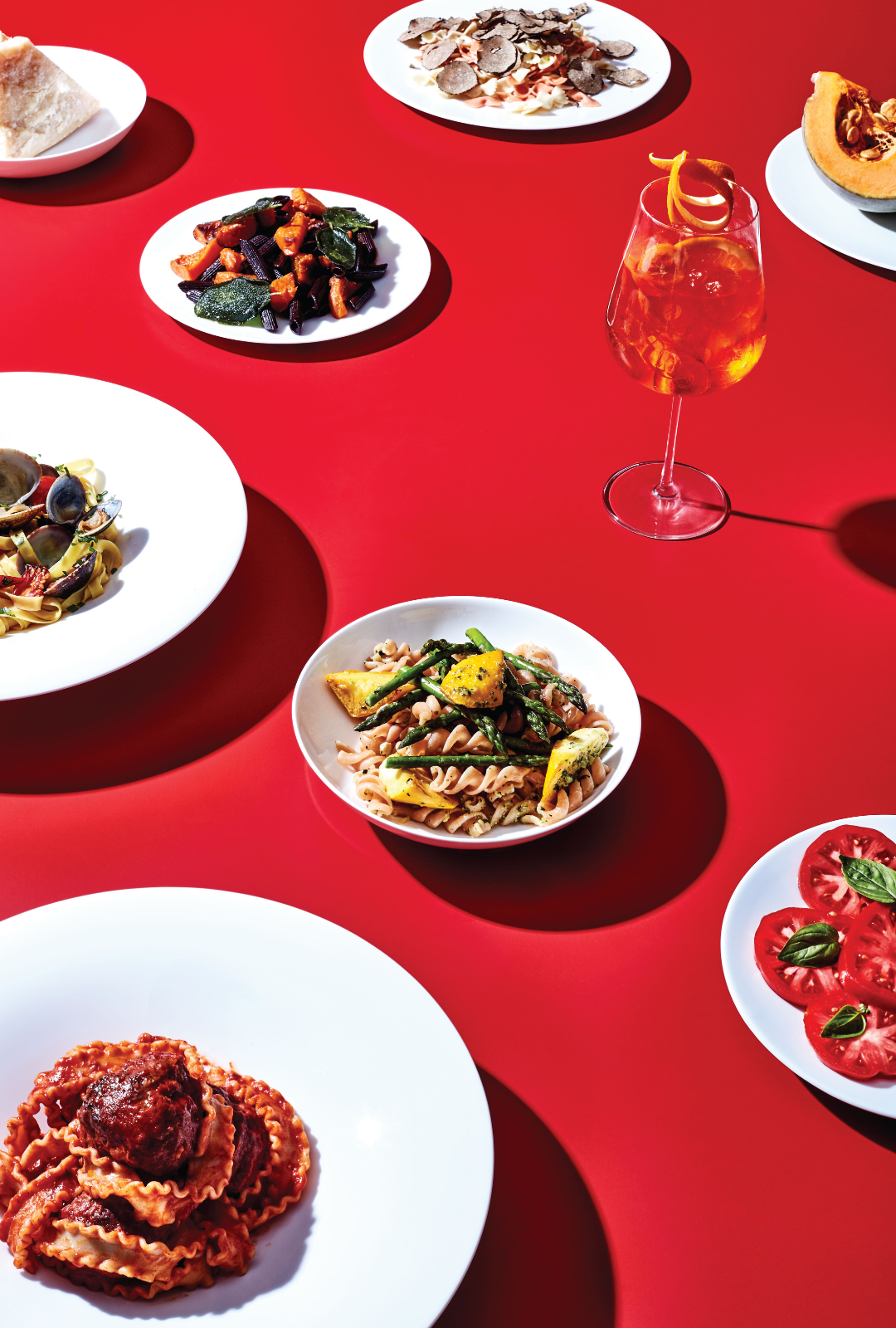
Photography by Julia Kennedy/Trunk Archive
The Meal
“For God’s sake, do not attempt to make something new,” says Carey. Arends agrees. She suggests choosing dishes you’ve made before and know exactly how long they will take. “Braised meat — and anything you can cook in the oven for a long time — is usually a safe bet,” she says. For Friendsgiving, Arends made tiny poussins: “It was so easy. I just popped them in the oven, and everyone had their own little birds, which was a fun, elegant surprise.”
Keep in mind that there’s no shame in outsourcing the food. Carey suggests, “Order some stuff, put it in nice bowls and then cook one thing so the house smells nice. People came for a good time, not to watch you have a nervous breakdown in the kitchen trying to figure out how to deglaze!” Or don’t hesitate to have your event catered or hire a personal chef. “I’ve been to many events where they hired local Minnesota chef Brooke Faudree,” says Arends, “and they were always amazing!”

Photography by Stephanie Sunberg
The Outfit
To get advice on the perfect dinner party look, we turned to fashion blogger Leandra Medine. “From a practical standpoint, you want to wear something relatively comfortable — no jackets or garments that are too structured because you’re probably going to be moving a lot,” she says. Think flat shoes, fancy slippers, or socks with flair. But she also believes entertaining at home is an excellent time to take a style risk. After all, you are presumably among close friends and will have minimal exposure to the elements. “If all else fails, wear an apron as a dress!” she suggests. For a playful option, Samantha Tousey of Minneapolis-based boutique Martin Patrick 3 recommends checking out the whimsical prints from La DoubleJ (they actually have an “Apron Dress” that Medine loves). You also can’t go wrong with a simple black dress in an interesting silhouette, like the one blogger Kate Arends is wearing here (add a bold red lip or nails for a punch of color). Tousey suggests looking at options from Toteme. Whatever you do, don’t wait until the last minute to get dressed or pick out an outfit. There’s nothing worse than hearing the doorbell ring when you’re standing in front of a bed strewn with clothes and your hair is in rollers.
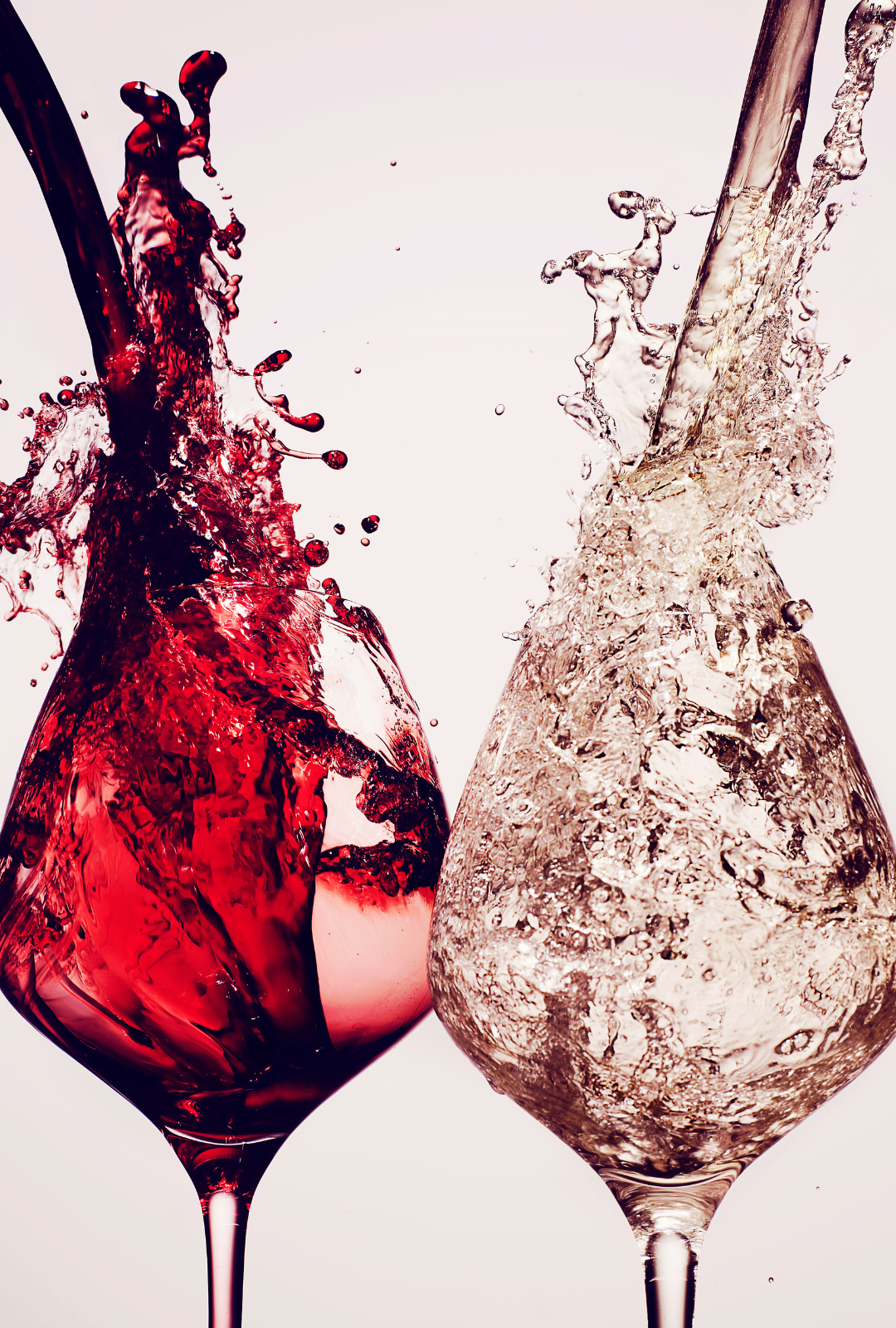
Photography by Jamie Chung/Trunk Archive
The Exit Strategy
You may want to start clearing the table at the end of a long night to send a message that the evening is winding down. But resist the urge to turn your guests into dishwashers. “If anyone says they want to help in the kitchen, please know they are lying,” says Carey. “You can accept help from a blood relative.” After all, why spoil a delightful evening for your guests by ending it with an hour of manual labor?
But what if you’ve cleared the table, and no one is moving? How do you tactfully tell your friends it’s time to go home? One surefire trick for coaxing them toward the door is cutting off the liquor, according to Whitmore. Put away the wine or tell them it’s all gone (only you know how determined your guests are when imbibing). But as a universal, all of our experts agreed: When the alcohol is gone, the party’s over. Yes, it’s that easy.
After you’ve cut off the booze, sweeten their exit with some parting carbs. Merkatz likes to send her guests home with a homemade cookie or some leftover dessert so they will have something to remember the evening by the next day. Another fun idea: At the end of one memorable dinner party in which Arends and her guests shared a magnum of wine, they all signed the bottle. It now sits on a shelf in her kitchen alongside a photo from the evening, a happy reminder of time well spent with friends. And as for Carey? She still has her embroidered napkin.


